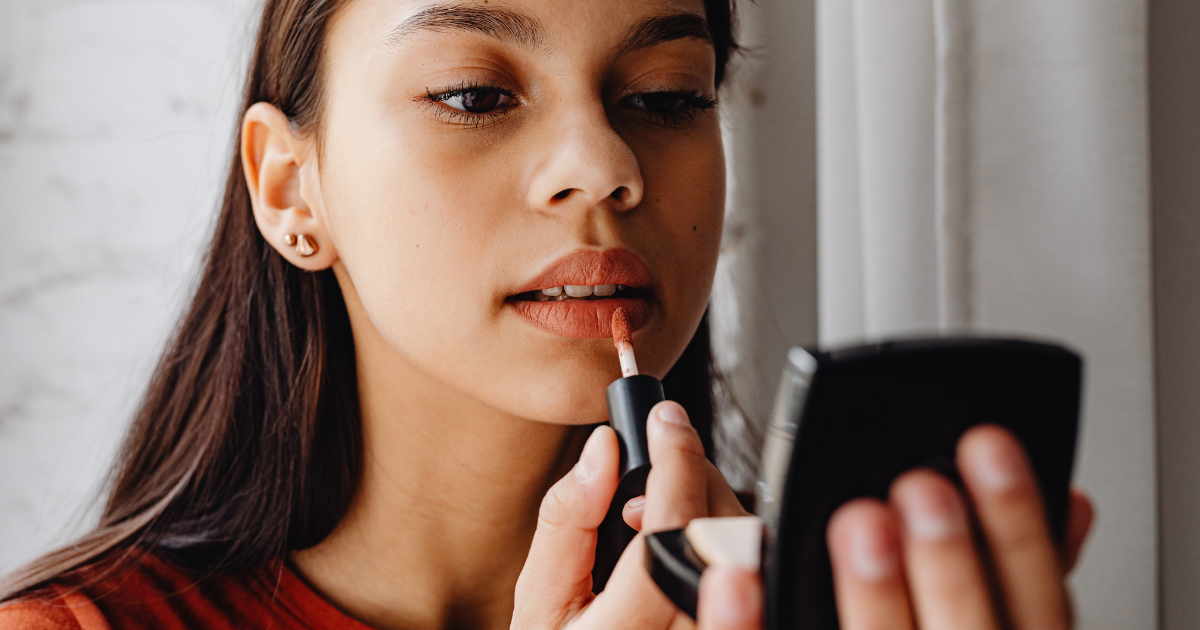They’re in a lot of stuff, from firefighting foam to rain gear, but PFAS in your makeup? Yuck.
A recent peer-reviewed study found PFAS (per- and perfluoroalkyl substances) in cosmetics such as foundations, lip products, and mascaras. This means we are applying PFAS-containing products directly to our skin, potentially leading to PFAS in our bodies. When we wash makeup off, the chemicals may also go down the drain and eventually wind up in waterways.
Given PFAS are in so many things we come into contact with every day, it’s no wonder they wind up in the food supply and even in breast milk.
Our own peer-reviewed study with the University of Washington and Indiana University found these “forever chemicals” in 100% of breast milk samples from 50 women in Washington. Linked to a wide range of health problems, from a weaker immune system to increased cholesterol levels and cancer, these chemicals have no place in our cosmetics or our bodies.
And PFAS are just the tip of the toxic iceberg. Everyday products like shampoo and nail polish can be a source of exposure to chemicals like phthalates and formaldehyde, with women of color bearing an even greater burden of exposure. Safer alternatives to these hormone-disrupting and cancer-causing chemicals are available, making this toxic assault completely unnecessary.
New legislation on the way in Washington
Thankfully a new bill, introduced in the Washington state Senate, takes aim at toxic chemicals in cosmetics and personal care products.
SB 5703, the Toxic-Free Cosmetics Act, is sponsored by Senator Mona Das and bans some of the most concerning chemicals used in cosmetic products, including PFAS, phthalates, and formaldehyde. The bans would go into effect in 2025.
The bill also requires the Departments of Ecology and Health to create a community engagement plan by December 1, 2022. This plan would:
- Test cosmetic products marketed to women of color and identify potentially harmful ingredients;
- Seek information through outreach and provide culturally appropriate education concerning identified harmful ingredients used in cultural and other cosmetic products, prioritizing engagement with vulnerable populations; and
- Obtain recommendations for priority chemicals or products to be regulated under the Safer Products for Washington program.
Transforming the marketplace away from harmful chemicals in the beauty aisle
The market is already moving away from hazardous chemicals in beauty products. Major retailers including Sephora, Target, and Walmart are restricting hazardous chemicals in beauty and personal care products. This year, Target expanded its policy to address a wider universe of hazardous chemicals in beauty products, including PFAS.
Washington state is also already addressing some toxic chemicals in cosmetics and personal care products under its Safer Products for Washington law. The legislature directed the Department of Ecology to take action on the class of hormone-disrupting phthalates, and the agency has published a draft plan to ban phthalates in fragrances in cosmetics and personal care products.
This bill, if enacted into law, would play an important part in making cosmetics and personal care products safer and drive transformation of global supply chains. What’s more, it begins to address environmental justice concerns, as harmful ingredients in cosmetics and personal care products disproportionately impact women of color.




